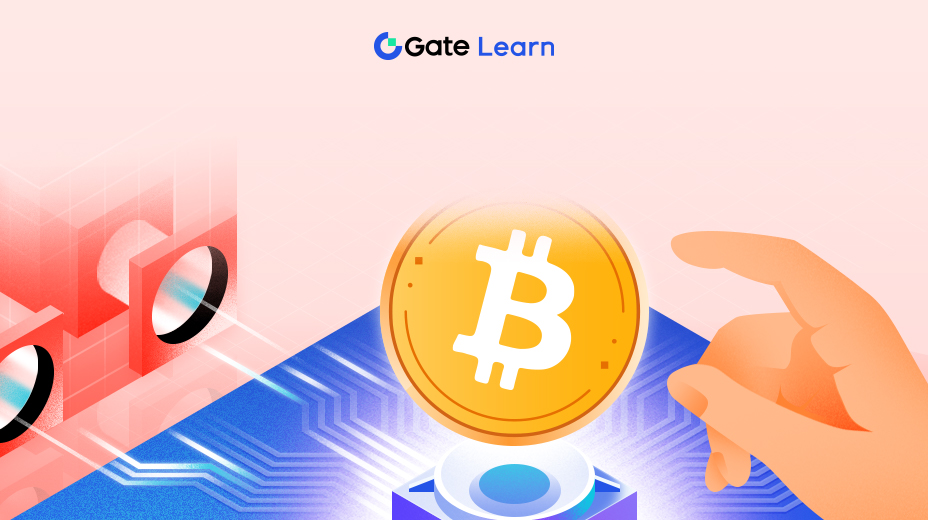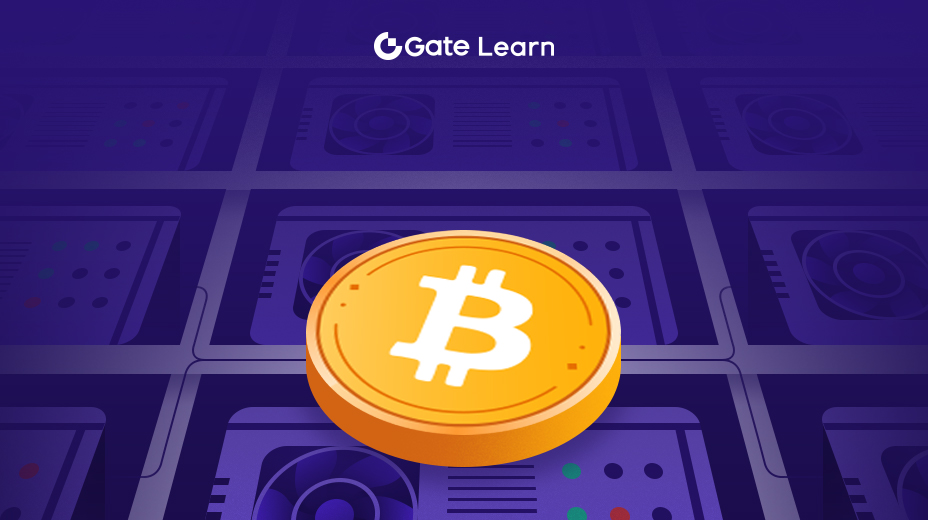The Future of Tokenized Treasuries and On-Chain Bonds
The final module explores what lies ahead. It covers trends such as rising institutional adoption, expansion into emerging markets, integration with central bank digital currencies (CBDCs), and the emergence of tokenized bond ETFs. It closes with practical takeaways for builders and investors, emphasizing regulatory readiness, infrastructure decisions, and early-mover advantage in a growing sector.
Trends and Growth Metrics (2023–2025)
From 2023 to 2025, the market for tokenized treasuries and on-chain bonds has expanded significantly, driven by institutional demand, improved infrastructure, and macroeconomic conditions favoring yield-bearing, low-risk instruments. As of early 2025, the total value of tokenized U.S. Treasury products surpassed $2.5 billion, according to data from RWA.xyz and DeFiLlama. This marks a substantial increase from under $150 million in early 2023.
Several products contributed to this growth. Ondo Finance’s OUSG and Backed Finance’s bIB01 tokens attracted DeFi-native users and institutions alike. Meanwhile, Franklin Templeton’s BENJI and BlackRock’s BUIDL fund demonstrated that regulated financial institutions could successfully issue and manage on-chain fixed income products.
The volume and diversity of these offerings indicate a shift from pilot projects toward scalable, revenue-generating financial instruments. Institutional allocation is no longer experimental—it is becoming strategic.
Institutional Participation and Endorsement
In 2023 and 2024, major asset managers—including BlackRock, Franklin Templeton, and WisdomTree—launched tokenized versions of government-backed or money market securities. Their involvement has played a critical role in legitimizing the market, attracting capital, and setting regulatory benchmarks.
BlackRock’s BUIDL fund, built on the Ethereum network using the Securitize platform, provides U.S. Treasury exposure with real-time transferability and blockchain-native functionality. Its launch in March 2024 marked a turning point in institutional engagement, showing that even the world’s largest asset manager views tokenized fixed income as a viable, scalable product.
Beyond fund managers, custodians, legal firms, and auditors are also developing internal capabilities for managing tokenized financial products, indicating long-term commitment across the traditional financial infrastructure.
Growth of Real-World Asset (RWA) Protocols

Protocols focused on real-world asset tokenization—such as Maple Finance, Centrifuge, Goldfinch, and OpenEden—have also gained traction by bridging fixed income yield opportunities with blockchain-native capital.
These platforms facilitate issuance of credit and yield products that resemble corporate bonds or structured notes, and they provide standardized on-chain interfaces for compliance, payment processing, and reporting. Their growth reflects increasing demand for programmable income products that can plug directly into decentralized finance.
By mid-2025, total value locked (TVL) in RWA protocols surpassed $4 billion, with a growing share attributable to tokenized debt instruments. Institutional DeFi, a concept still nascent in 2022, has become a live segment of the digital asset economy.
Geographic and Regulatory Expansion
Jurisdictions such as Switzerland, Singapore, Germany, and the United Arab Emirates have emerged as hubs for compliant tokenized bond issuance. These countries provide legal clarity, sandbox environments, or fast-track licensing for digital securities, encouraging innovation while maintaining oversight.
U.S.-based offerings, while larger in scale, remain more restricted due to regulatory limitations on retail access. However, SEC-registered tokenized funds like BENJI are carving a path for compliant products under existing securities law.
Governments in Hong Kong, Luxembourg, and Brazil are exploring sovereign and municipal bond issuance on blockchain networks, with pilot programs aimed at increasing transparency and reducing issuance costs.
Infrastructure and Layer 1 Adoption
Ethereum remains the most active network for tokenized fixed income products, thanks to its mature tooling, broad liquidity, and institutional familiarity. However, alternatives like Stellar, Avalanche, Polygon, and Berachain are gaining momentum by offering lower transaction fees, faster finality, or enterprise-friendly features.
Interoperability protocols and tokenization frameworks like ERC-1400, ERC-3643, and Fireblocks Tokenization Suite have become standards for compliant, modular issuance. Additionally, adoption of decentralized oracle networks ensures reliable off-chain data feeds, essential for interest calculation and price stability.
These infrastructure upgrades are enabling greater customization, enhanced compliance controls, and a seamless user experience across both retail and institutional channels.
What Comes Next?
The success of tokenized U.S. Treasuries has laid the groundwork for other sovereign debt markets to explore similar models. In the near future, emerging market governments are likely to issue tokenized versions of their bonds to attract global liquidity and reduce issuance costs. Blockchain infrastructure offers them a way to bypass traditional intermediaries and reach retail and diaspora investors directly, especially in regions with underdeveloped capital markets.
Projects in Brazil, Kazakhstan, and Nigeria have already signaled interest in using permissioned or hybrid blockchain systems for public bond issuance. These tokenized government instruments may be denominated in local currencies and structured to meet domestic regulatory standards while remaining compatible with global digital asset platforms.
As more nations face rising debt costs and inflation, tokenized debt instruments may also become tools for greater transparency and investor trust—two areas often cited as pain points in emerging bond markets.
Integration with Central Bank Digital Currencies (CBDCs)
The rise of central bank digital currencies (CBDCs) will intersect with tokenized bonds in important ways. When CBDCs become more widely used, they can serve as the native settlement currency for tokenized debt instruments. This could reduce FX risk, enhance cross-border transaction efficiency, and eliminate the need for stablecoin intermediaries.
Several central banks are already testing programmable CBDC payments for securities settlement, including pilot projects in China, Sweden, and the BIS Innovation Hub. These efforts indicate a future where tokenized assets, CBDCs, and regulated financial institutions operate within a unified, programmable infrastructure.
In such a model, bond coupons and redemptions can be settled instantly in state-issued digital currency, streamlining treasury operations for both governments and private issuers.
Retail Access and Tokenized Bond ETFs
While current tokenized bond products are mostly limited to accredited or institutional investors, the next phase of development will likely involve expanding access to retail markets. This will require simplified onboarding, better regulatory alignment, and the packaging of tokenized debt into more familiar investment vehicles.
Tokenized bond ETFs—funds that hold a basket of on-chain fixed income products—are likely to emerge as an accessible, diversified entry point for everyday investors. These ETFs could be made available via regulated crypto exchanges, neobanks, or digital wallet platforms, with real-time data feeds and daily liquidity.
By abstracting away technical complexity and regulatory hurdles, tokenized bond ETFs could accelerate adoption among retail users who are comfortable with digital finance but unfamiliar with fixed income markets.
Interoperability and Cross-Platform Liquidity
Currently, most tokenized treasuries and bonds are issued on isolated platforms with limited cross-chain compatibility. In the next phase, interoperability will become a central focus. Token bridges, layer-2 solutions, and multichain issuance protocols will enable bond tokens to move freely across ecosystems while preserving compliance metadata.
Projects like Chainlink CCIP, LayerZero, and Axelar aim to create secure pathways for token transfer and data consistency between blockchains. This will support secondary markets with deeper liquidity, allow composability between DeFi protocols, and eliminate the need for multiple issuance layers tied to individual networks.
Interoperability will also help institutional platforms connect with public DeFi environments, enabling shared liquidity pools, settlement layers, and analytics dashboards that unify tokenized debt across chains.
Evolution of Composable Debt Instruments
Beyond replicating traditional bond structures, tokenization will lead to entirely new types of debt instruments. Smart contracts can support modular, composable instruments that blend characteristics of fixed income, derivatives, and structured products.
For example, bonds may become “programmable tranches” that offer floating yields based on oracle data or user-defined preferences. Collateralized token baskets, synthetic duration hedging, and automated rollovers are all feasible through composable architecture.
This programmable flexibility will enable personalized, risk-adjusted fixed income strategies without intermediaries—allowing both institutions and individual investors to tailor yield products to their needs.
Final Takeaways for Builders and Investors
Developers and startups entering the tokenized bond space must prioritize compliance, technical integrity, and accessibility. Regulatory alignment should not be an afterthought; it must be embedded into the product design from the outset. This includes using permissioned smart contracts, integrating KYC/AML checks, and ensuring full traceability of investor and asset data.
On the infrastructure side, builders should adopt token standards that support modularity and compliance features (such as ERC-1400 or ERC-3643). They must also design systems that can interface with multiple custodians, oracles, and settlement layers to ensure both flexibility and auditability.
User experience is critical. Tokenized bonds should not feel complicated. Builders should abstract backend processes and offer clean interfaces for institutions, platforms, and potentially retail users. Simple onboarding flows, transparent yield models, and intuitive dashboards will define product success in an otherwise complex financial category.
For Investors
Investors considering tokenized treasuries or on-chain bonds must perform due diligence beyond blockchain features. It’s essential to understand how the token is backed—whether it represents direct legal ownership, a claim via a Special Purpose Vehicle (SPV), or merely economic exposure. Clarity on legal rights, enforcement mechanisms, and redemption conditions should be a minimum requirement before allocating capital.
Custodial setup is another key factor. Since most tokenized bonds rely on off-chain assets, investors must know who holds the underlying bond, under what terms, and how default or insolvency scenarios are handled. Proof-of-reserve attestations, regular audits, and transparent disclosures from the issuer are indicators of operational trustworthiness.
Yield profile, liquidity conditions, and tax treatment also differ depending on jurisdiction and token structure. Investors should not assume that the digital nature of the asset reduces traditional risks—it often introduces new ones. A careful review of whitepapers, legal disclosures, and contract documentation is essential.
Tokenized fixed income instruments sit at the intersection of traditional finance (TradFi) and decentralized finance (DeFi). For both builders and investors, this convergence offers a rare opportunity to reshape the global bond market using programmable, transparent, and accessible infrastructure.
Traditional institutions gain automation and efficiency, while crypto-native users access safer yield instruments grounded in real-world assets. As regulatory frameworks mature and infrastructure becomes more interoperable, tokenized treasuries and on-chain bonds may evolve into a standardized component of diversified portfolios and financial systems worldwide.
Those who understand both the technical stack and the financial logic early on will be well-positioned to lead in the next phase of digital finance.





